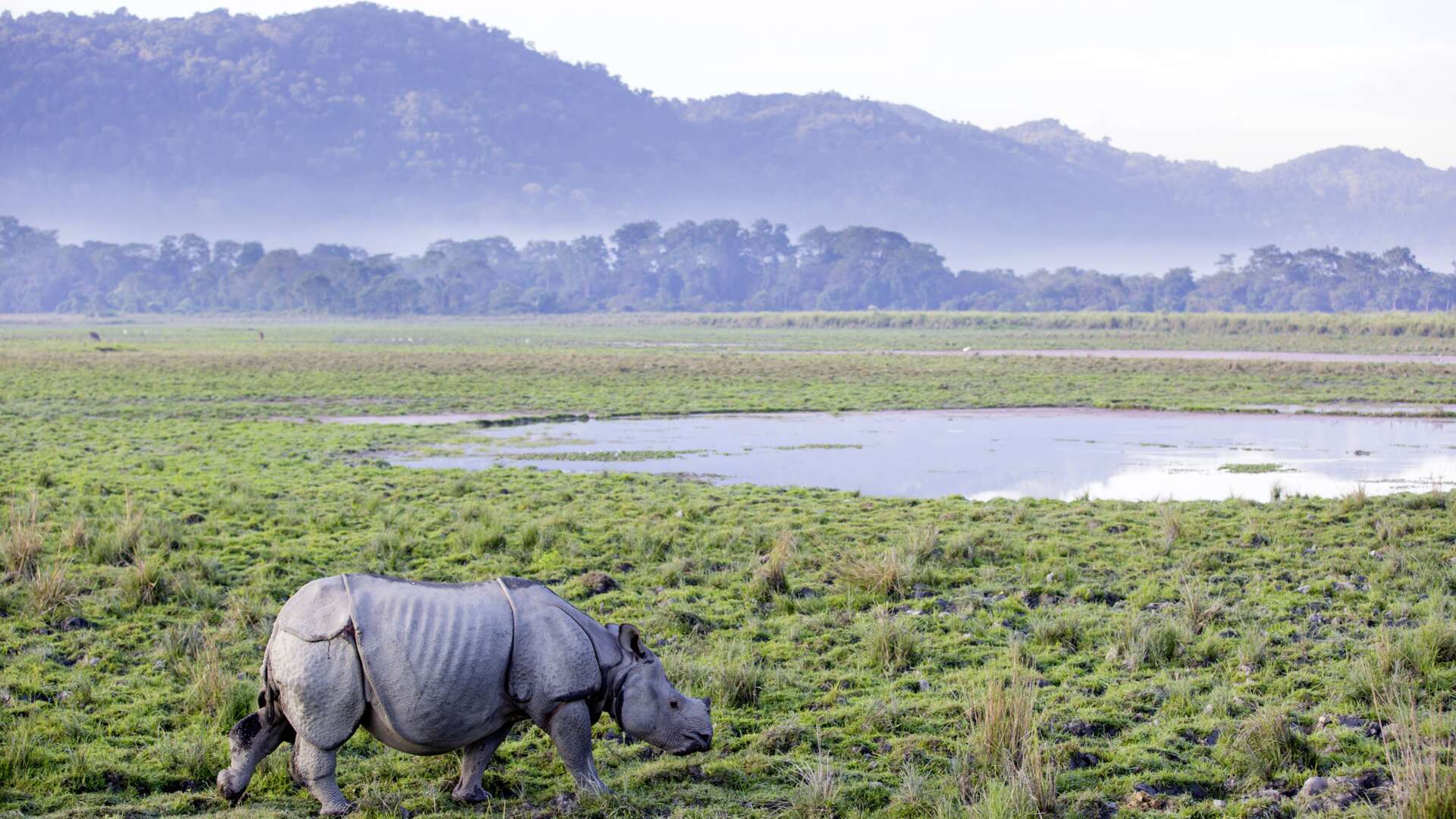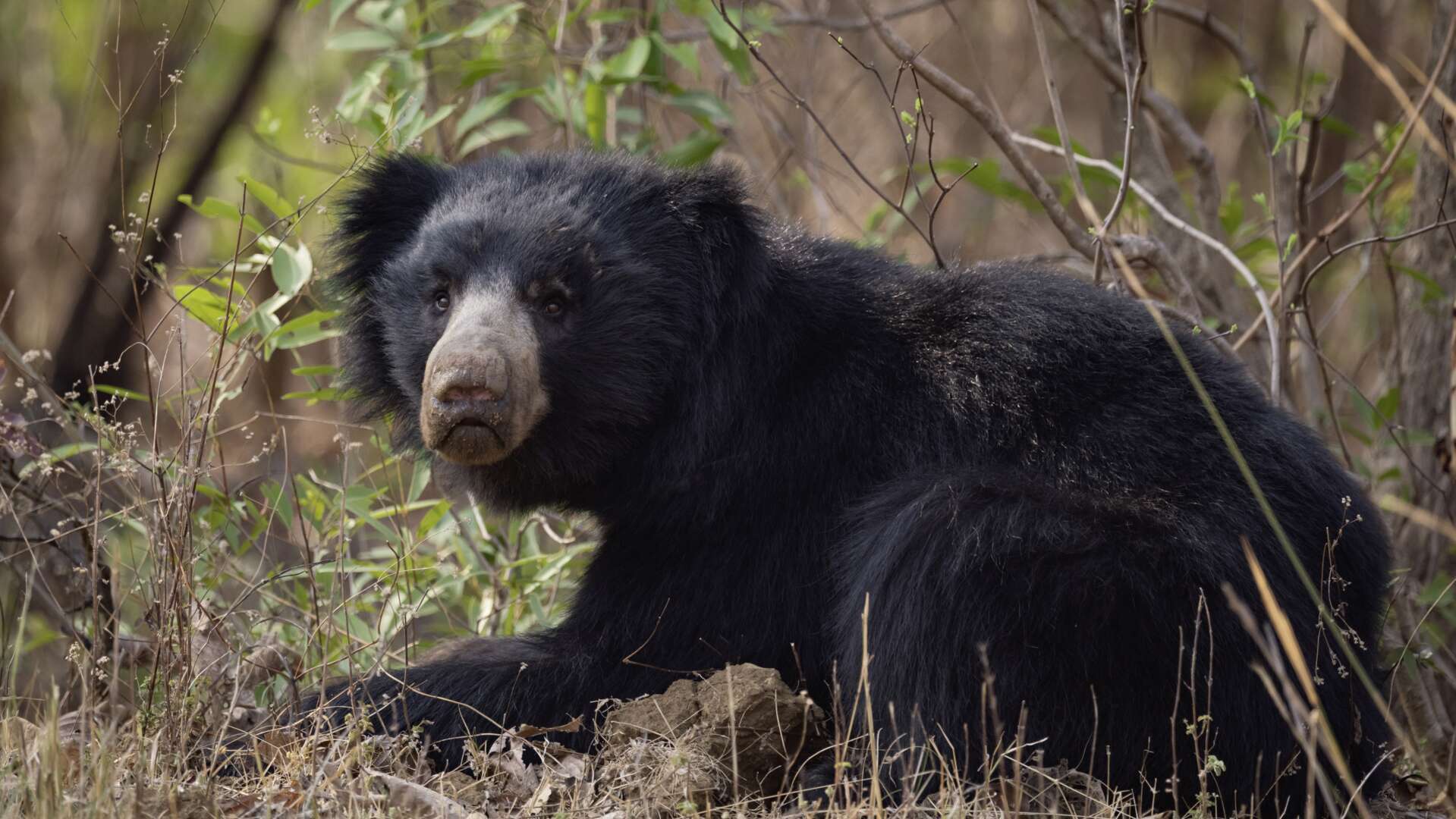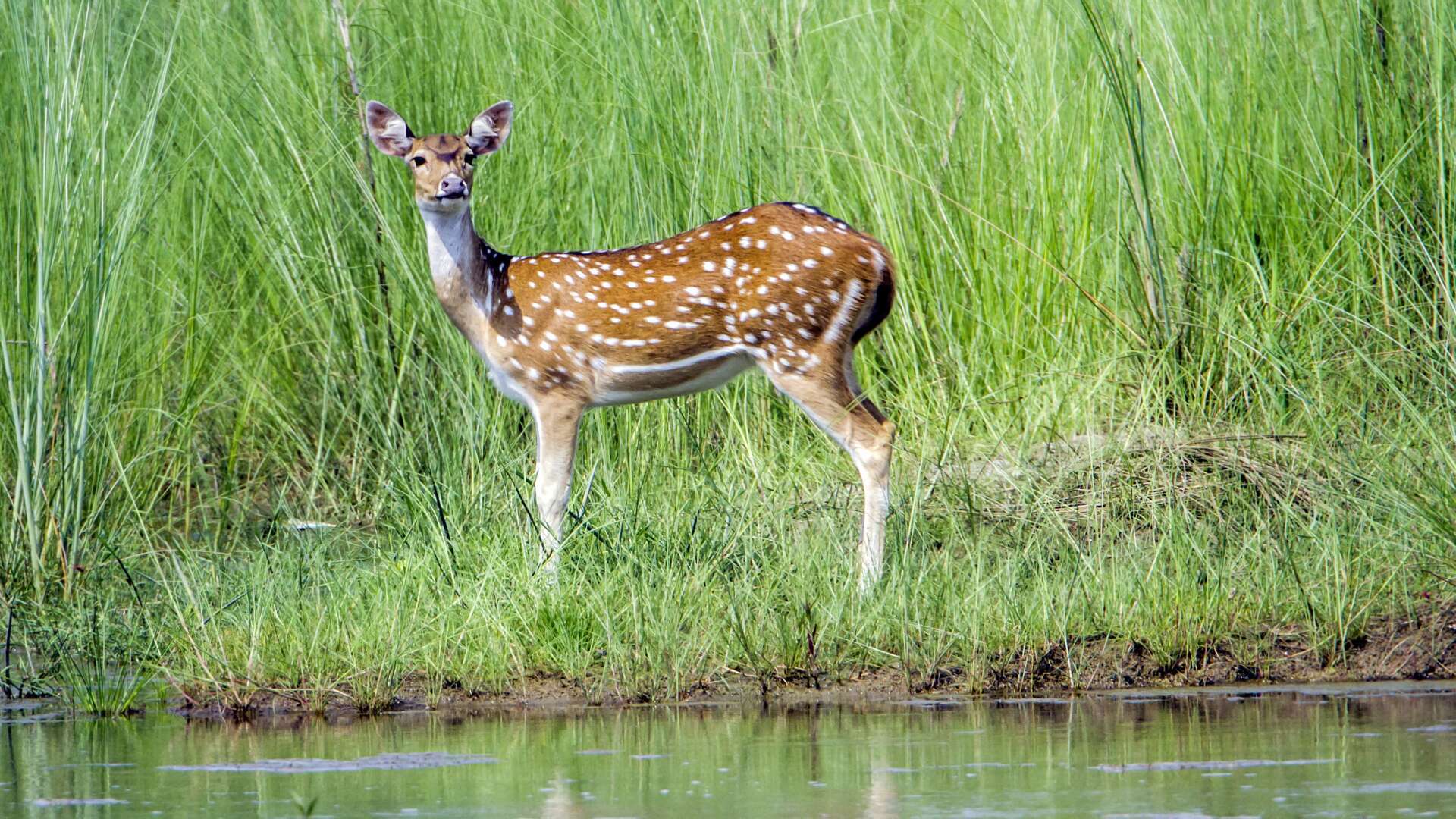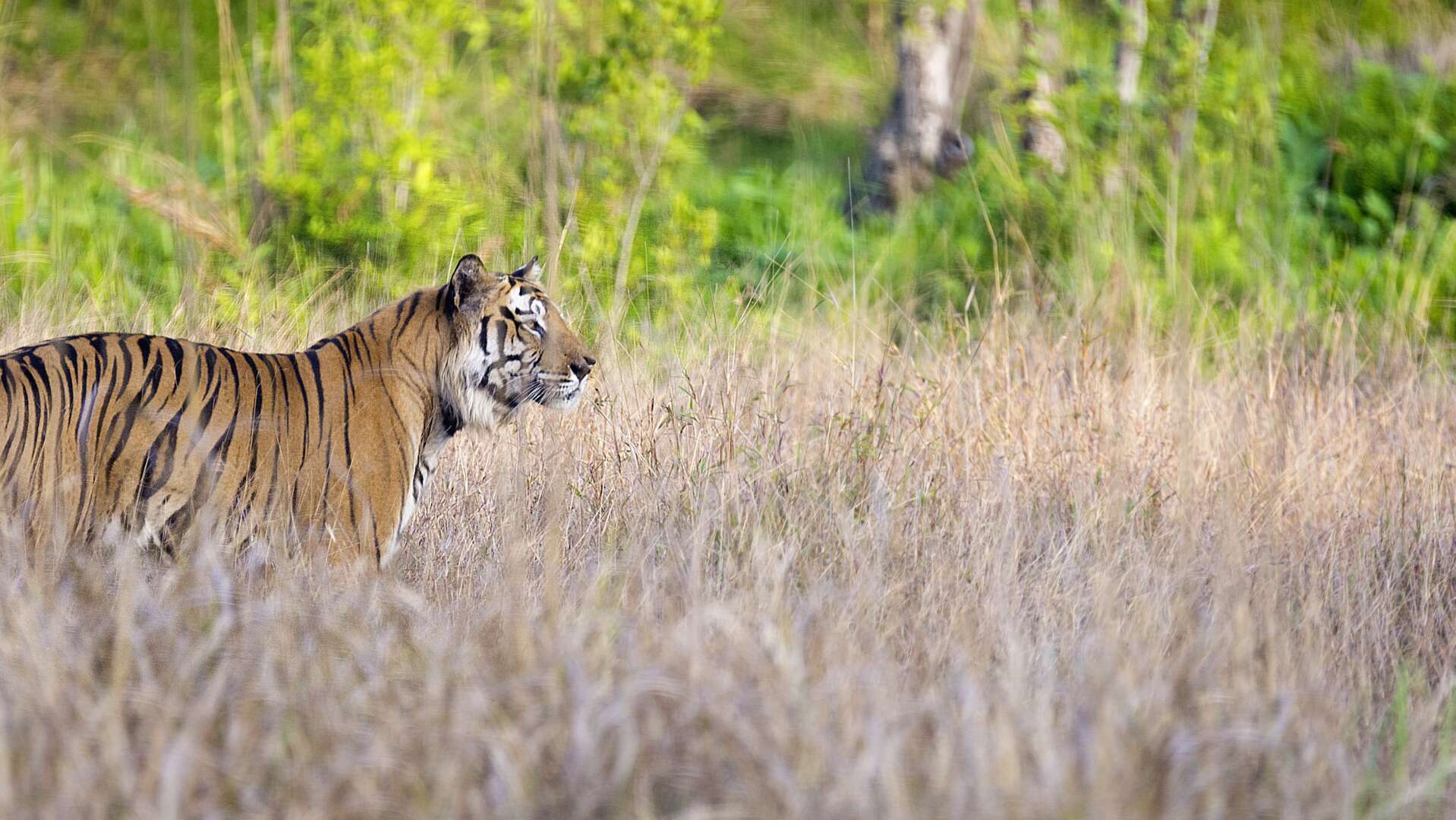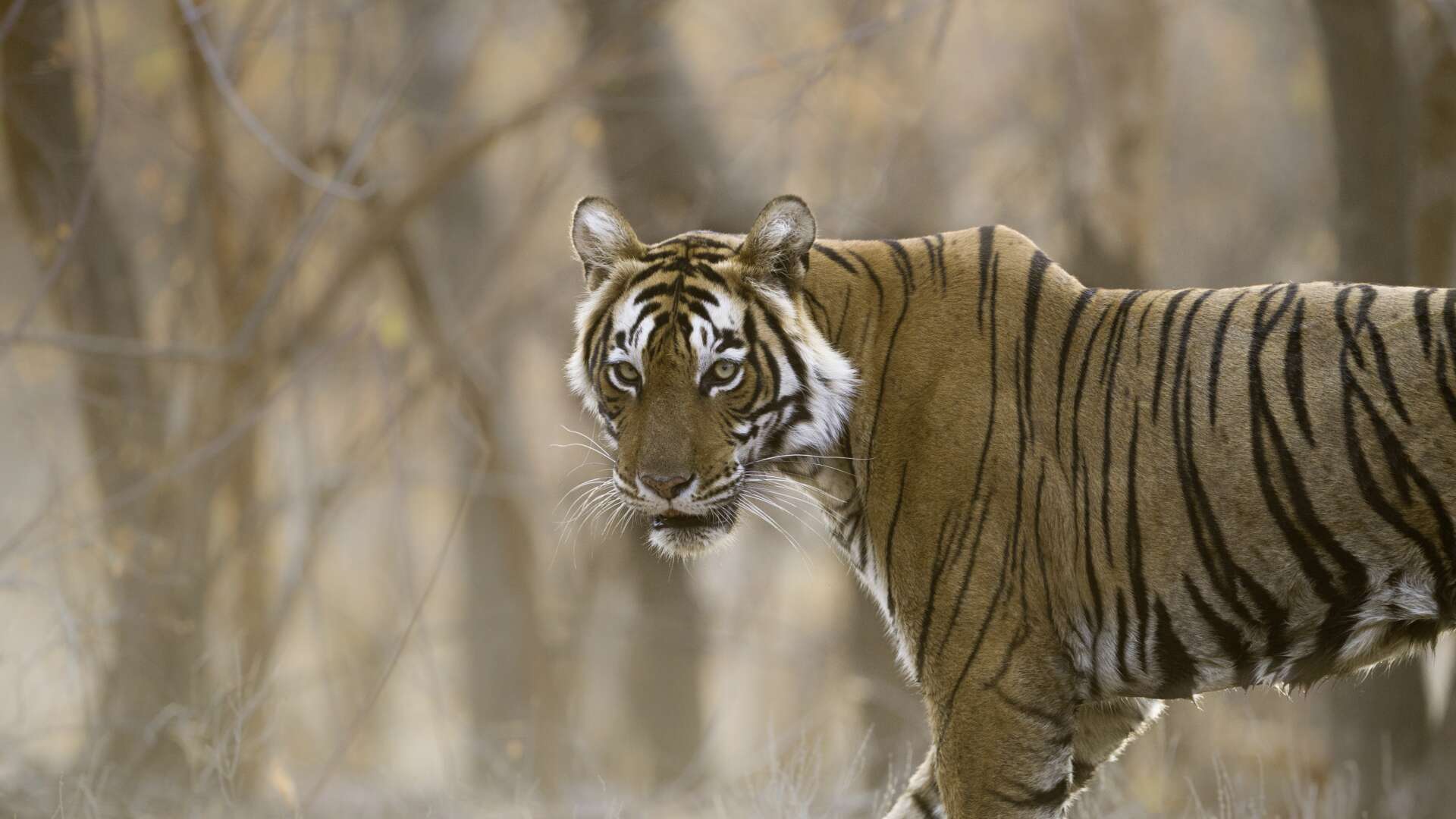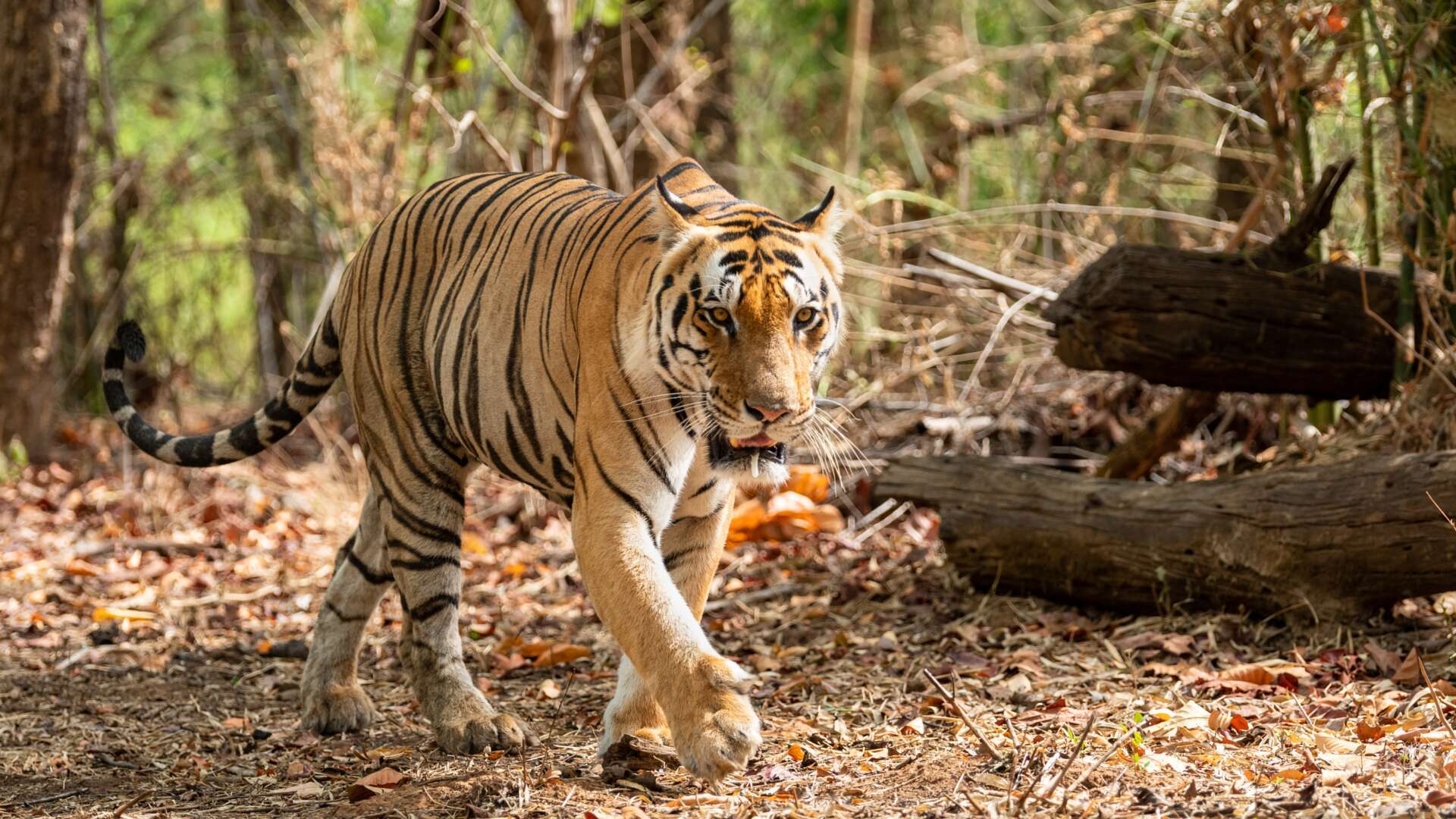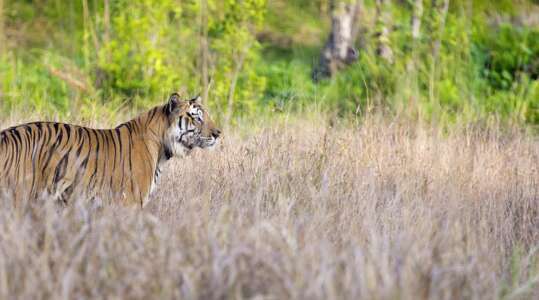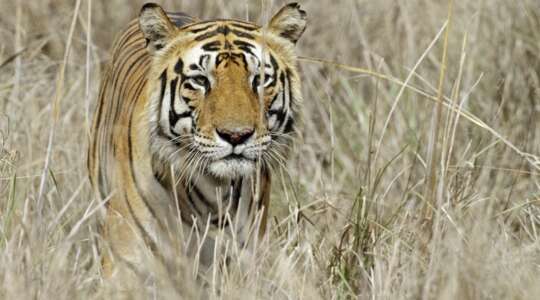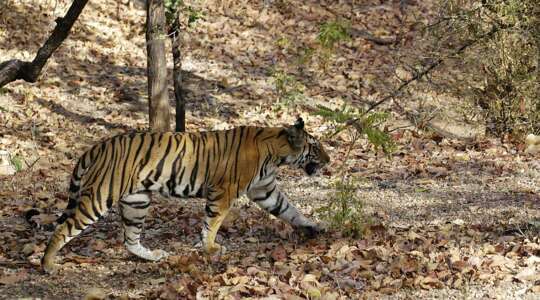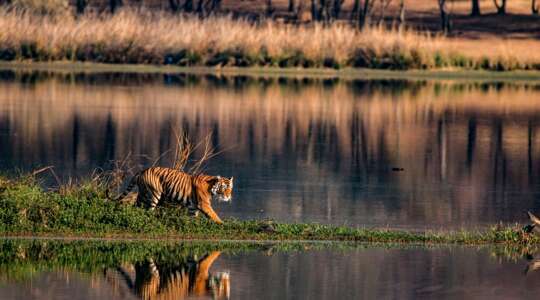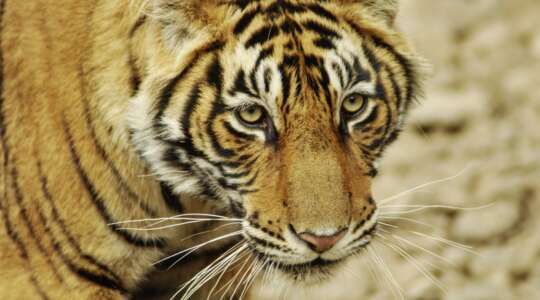Speak to one of our experts now about this offer
Call us on - 0800 092 4444
Or drop into your local Kuoni store to find out more
Speak to one of our experts now about this offer
Call us on - 0800 294 9710
Or drop into your local Kuoni store to find out more
Speak to one of our experts now about this offer
Call us on - 0800 294 9728
Or drop into your local Kuoni store to find out more
India Wildlife Reserves Holidays
Tales from The Jungle Book are a childhood staple and in India’s wildlife parks, they leap out from the page.
India’s hectic and sprawling cities eventually give way to deserts, jungles and rolling hills where elusive creatures play hide and seek with wildlife watchers. Your India trip could be all about ticking big cats, bears, elephants and exotic birds off your bucket list or part of a longer adventure.
The country's national parks and wildlife reserves are epic in size, consistently beautiful and home to an incredible array of wildlife species, the most iconic of which being the iconic Bengal tiger. The number of parks and sanctuaries throughout the country reflect the importance of protecting endangered wildlife species, which is now a major focus in India. The opportunity to see a tiger in the wild is a once-in-a-lifetime experience and although sightings are not guaranteed, you will have to opportunity to witness some beautiful landscapes while you seek out these elusive creatures.
India Wildlife Reserves Regions
Our recommendations for the best places to visit in India Wildlife Reserves
Holidays in India Wildlife Reserves

- Bandhavgarh National Park
Bandhav Vilas is a wonderful resort for wildlife enthusiasts due to its close proximity to Bandhavgarh National Park, home to the royal Bengal tiger.
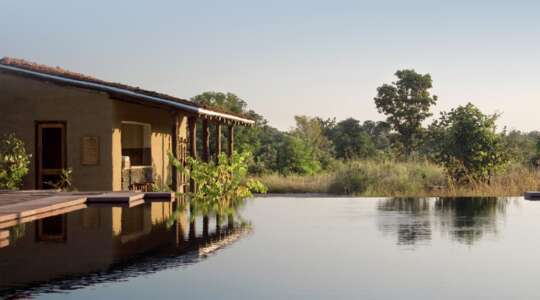
- Bandhavgarh National Park
- 5 Star
This award-winning and luxurious lodge, is set in a remote area bordering Bandhavgarh National Park.
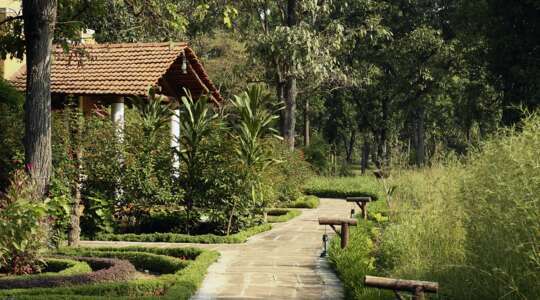
- Kanha National Park
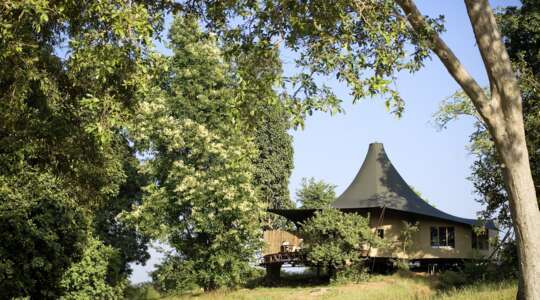
- Kanha National Park
- 5 Star
A rustic-chic safari lodge at the edge of the Kahna National Park, the inspiration for The Jungle Book.

- Kanha National Park
Located close to Kanha National Park, Singinawa Jungle Lodge has a wonderful natural setting.
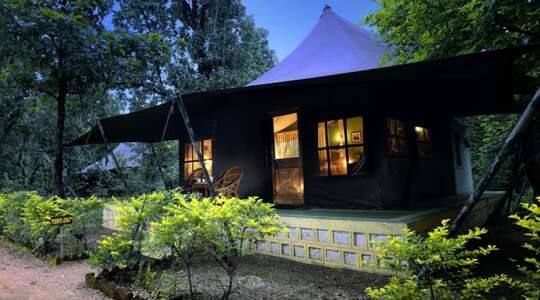
- Pench National Park
Award-winning Pench Jungle Camp is set on 50 acres of wilderness.
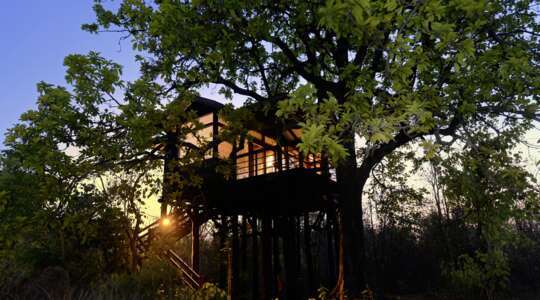
- Pench National Park
Pench Tree Lodge's tree houses aren’t just any old tree houses, they have king-sized beds and verandas.
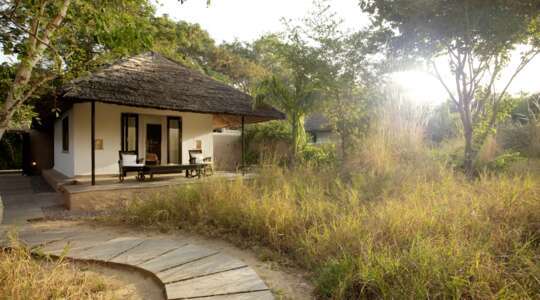
- Ranthambore

- Ranthambore
- 4 Star
Homely family-run hotel close to Ranthambore National Park.
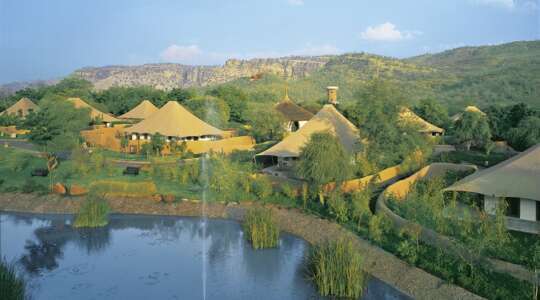
- Ranthambore
- 5 Star
A luxurious tented resort just 10 minutes from Ranthambore National Park.
You may also like
Game Drive
Tracking tigers in Bandhavgarh National Park is like living out your every jungle fantasy. Bandhavgarh, like all of India’s national parks, is divided up into different zones only one of which you can explore on each outing. On a full day safari though you can explore all four zones which is a little more expensive but fantastic. The star attraction is the park’s Bengal tigers of which researchers still only know around 8% of their behavioural patterns. Among the huge array of fauna, there are also leopard, sloth bears, four species of deer and a multitude of bird life. The topography is riveting; tall sal trees, sloping hills, vast grassland and thick forest. Each animal sighting is as unique as the next but there’s nothing more special than seeing the distinctive stripes of your first tiger sighting.
Eco-Restoration Walk (from Singinawa Wildlife Camp)
This one-hour guided walk follows part of a nature trail covering around 58 acres of land in the forested buffer areas of the Kanha reserve and gives you a different perspective of the jungle. An expert knowledge of the forest is imperative to these walks. The guides will explain and introduce you to the many practices designed to help conserve the land. There are huge sal trees, prevalent to the area, that make up this moist deciduous forest. Then there’s the vast grasslands for which Kanha is famous where you may see barasingha deer grazing in the golden light. Treading through the jungle you might also spot chital deer, muntjac, foxes and some of the 150 species of birds whose natural habitat has been rigorously preserved. The excursions are created by trained forest guides, many of whom have been born and bred in the region. They understand every type of residential creature whether that’s tigers, sloth bears or sambar deer, as well as all the different parts of the park from the forested core to the wild outer perimeters.
Game drives from Pench Jungle Camp
Being just a five-minute drive to Pench National Park’s Turia Gate is very convenient for game drives. The morning safari starts at dawn and lasts for around five hours while the afternoon drive is shorter at around three-and-a-half hours. You can also do a night-time safari in the park’s periphery buffer zone, also known as the ‘wolf safari,’ due to the amount of wolf sightings.
There’s abundant wildlife in Pench National Park. Of course, being a tiger reserve, Bengal tigers are the star attractions, but there are other incredible animals such as leopard, jackal and wild dog. Moving down the food chain there’s chital (spotted deer), sambar and muntjac deer. Gaur is another fascinating creature in the area, the largest species of wild cattle.
Driving through the meadows in an open-top 4x4, the animals you see might be completely different to the ones you encounter when you cross into bamboo terrain. That’s how diverse the landscape is. During the summer you can see a multitude of creatures congregating around the water sources. If you go to the backwaters during this time, you’ll see hundreds of deer at the edges of the riverbanks.
Sorry, your hotel is no longer available
Please check alternatives
-
{{item.body}}
-
{{item.body}}
Choose a departure date
{{store.searchDuration}} nights
Enter rooms & guests
Checking prices & availability

{{term}}, {{formattedDate}} for {{searchDuration}} nights
Destinations See all Destinations
HolidaysSee all Holidays
OffersSee all Offers
InspirationSee all inspiration
